A cross sectional pilot study utilising STrain Analysis and Mapping of the Plantar Surface (STAMPS) to measure plantar load characteristics within a healthy population
(2024)
Journal Article
Jones, A. D., Crossland, S., Nixon, J. E., Siddle, H. J., Culmer, P. R., & Russell, D. A. (2024). A cross sectional pilot study utilising STrain Analysis and Mapping of the Plantar Surface (STAMPS) to measure plantar load characteristics within a healthy population. Gait and Posture, 113, 246-251. https://doi.org/10.1016/j.gaitpost.2024.06.018
Background: No in-shoe systems, measuring both components of plantar load (plantar pressure and shear stress) are available for use in patients with diabetes. The STAMPS (STrain Analysis and Mapping of the Plantar Surface) system utilises digital ima... Read More about A cross sectional pilot study utilising STrain Analysis and Mapping of the Plantar Surface (STAMPS) to measure plantar load characteristics within a healthy population.
